How Web Scraping is Used to Search ASINs/Product Targets for Amazon PPC Campaigns?
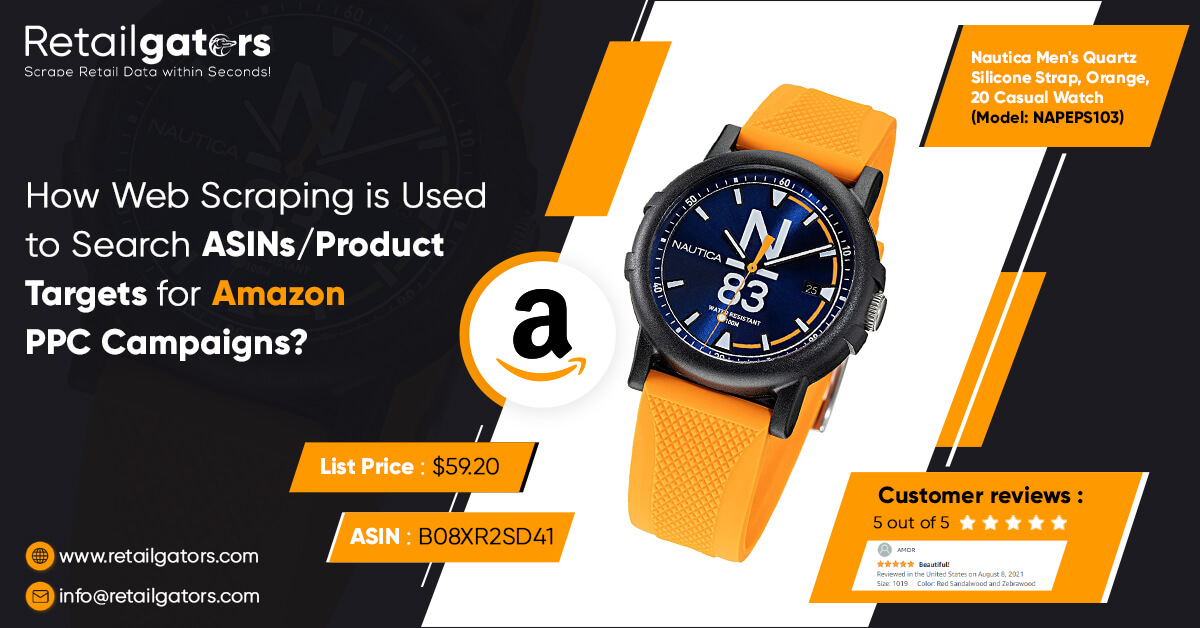
In sponsored displays and sponsored products campaigns, product targeting is a possibility. You can utilize product targeting which also known as product attribution is targeting (PAT), to target specific items, categories, and brands instead of utilizing keywords. One example is ASIN targeting, which enables you to use your Amazon PPC ad campaign to target a product detail page rather than a keyword. You can target particular ASINs for every bid in this particular situation.
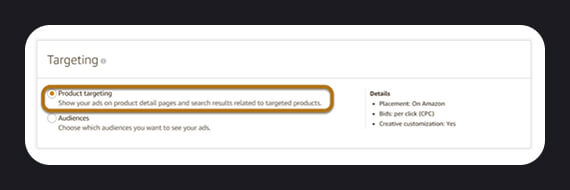
Filtering and gathering relevant ASINs is the key to establish a high-performing Amazon PAT (Product Attribution Targeting) campaign. You won’t be able to launch an efficient Amazon Product Targeting campaign unless you have an appropriate ASINs/Product Targets.
Product Targeting allows vendors to vote on individual Amazon product pages, which allows advertisers to target their ad spend more precisely. You may see a list of ASINs for which your campaign will bid if you click “Target” on a certain ASIN in the screenshot below.
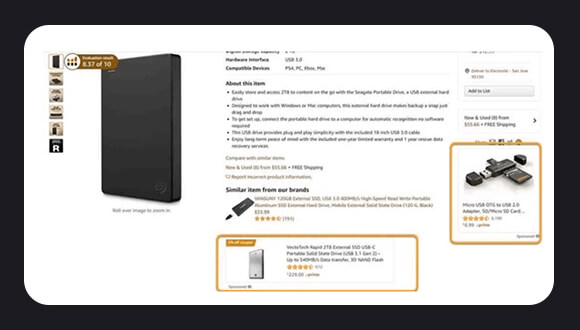
You may also use Product Targeting to take out the competition by making a better offer right on their listing. Because the Amazon marketplace is a zero-sum game, this can effectively take sales away from your competitors.
Searching From Amazon Search Bar
This is arguably the most straightforward way for Amazon merchants to locate ASINs for their items. You will just go to the Amazon home page and search using this approach.
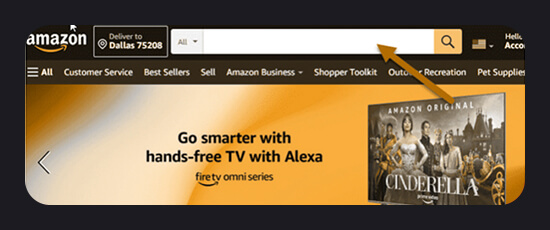
The issue here is the relevance of the search phrases; I wouldn’t use keywords that aren’t relevant.
- Too wider
- Loosely tangled
Employ long-tail keywords that are related to your business if you want to find the perfect keyword.
Another option is to leverage the data from your Amazon PPC campaign to search for a suitable keyword with some of the most purchases, a low ACoS, and a high conversion ratio. You can do this by obtaining a copy of your Amazon advertising report.
Once after a decision on a search word, type it into the Amazon search field and press the search button. Here you can use the term “baby wall mount” as an example.
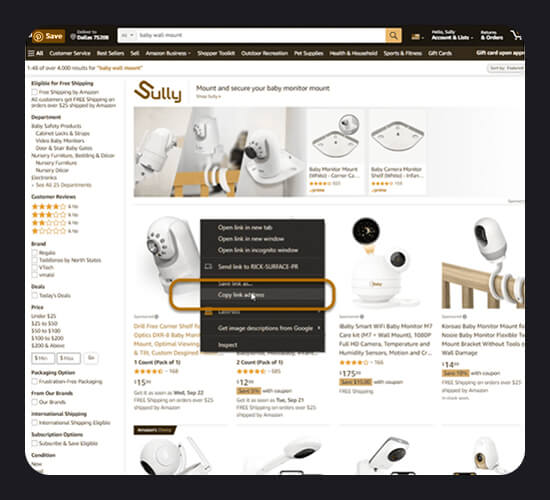
For every product result, right-click on every product, and copy the address link. The ASINs will be there within each link.
Gather all the links into a spreadsheet and scrape the ASINs by using the following formulas:
=MID ({extracted link}, FIND ("B0", {extracted link}), 10)
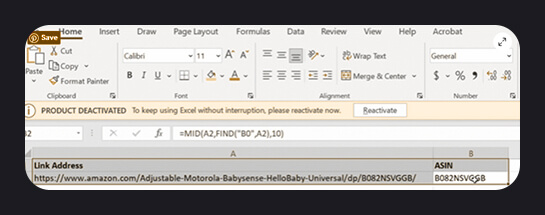
Search Products From Different Product Categories
The Amazon category tree may also be used to locate appropriate product targets/ASINs.
Since many merchants were misusing the category system by placing their items in unrelated categories to broaden their reach. Now that Amazon has figured it out, they have a very severe enforcement policy for placing products in the appropriate categories, which includes:
- Automate the placement of items in the appropriate category.
- Forcibly changing the categorization of the vendors
- Subcategories on a product can be removed.
Go to your product listing page to discover the category on your product page. Let’s suppose this is the product I’m selling (https://www.amazon.com/dp/B082NSVGGB)
Scroll down to the “Additional Information” section.
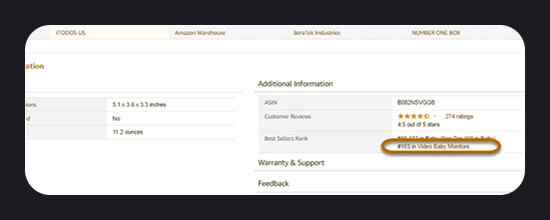
Gather all the links on the category result by right-clicking>> “Copy link address,” then apply the algorithm to extract the ASINs, just like in a prior way.
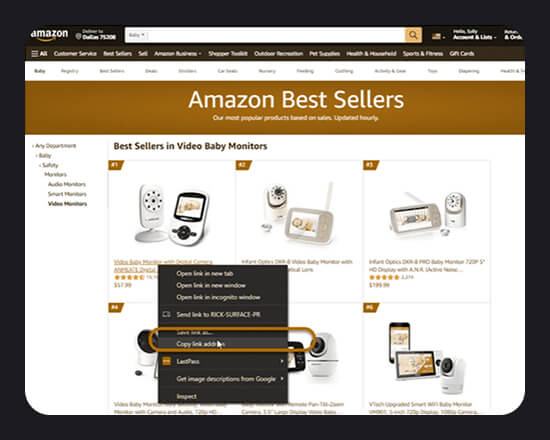
Using Amazon’s PPC Suggestions To Conduct A Search
This technique of searching will depend on Amazon Advertising’s recommendations. When you choose the product targeting option for an Amazon PPC campaign, the individual products option displays a list of suggested ASINs to target. To bid on an ASIN directly, click “Add” on it in the screenshot below.
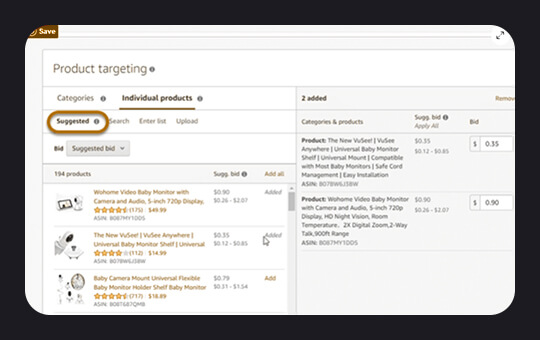
It is strongly recommended that you must not “Add All” to the proposal ASIN; instead, personally verify them. Not every ASIN on the list should be one you’re pursuing. You may narrow down the list of options by using the following criteria:
- Relevance of the product
- Bid on ASINs where you know you have an edge in terms of pricing, number of reviews, and review rating.
Conduct A Search From A Product Listing Page
You may also get your product ASINs through your product listing page or a direct competitor’s listing webpage.
This strategy makes sense since the consumer segment is linked by the competitor or similar listing that is advertised on your product listing page. You want to “fight back” by placing an ad for your goods on their listing as well.
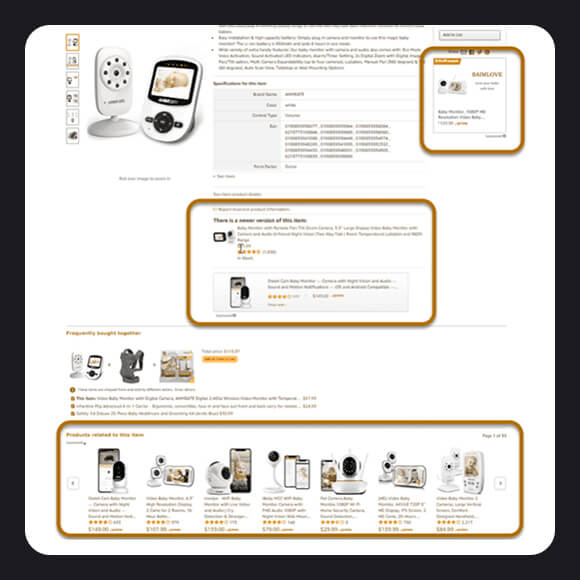
How Can This Process Be Scaled Up?
You can develop a very concentrated Amazon PPC PAT campaign with low ACoS and great ROI by launching a sponsored display campaign utilizing the ASINs you acquired.
The method’s drawback is that it’s a pretty laborious approach that’s not particularly scalable if you’re releasing several products. You may scale-out the collecting of ASINs for your Amazon PPC ads in two ways.
1. Hiring a Virtual Assistant
Hire a VA (Virtual Assistant) for as little as $4 per hour from low-cost nations like the Philippines. You teach the VA using the same manner that was described in detail above. Various freelancer platforms will have a big supply of freelancers with Amazon marketplace expertise, so you should be able to locate suitable VAs quickly.
2. Automating the Process
In terms of gathering ASINs on the Amazon website, automating this process is definitely an option. For a reasonable price, a firm like Retailgators can scrape ASINs from the Amazon marketplace.
Even if you have additional ways to acquire Amazon ASINs beyond the aforementioned techniques, they can give the assistance and technical knowledge to help you turn your ideas into reality.
Conclusions
To summarize, we highly encourage Amazon sellers to use product targeting campaigns. These are an excellent “backup” to your keyword marketing efforts, and if properly set, may result in increased conversions and revenues. For scaling your Amazon PPC campaigns using product and ASIN targeting, it will allow to investigate competitors.
Contact Retailgators for any web scraping services today!
Request for a quote!
0
